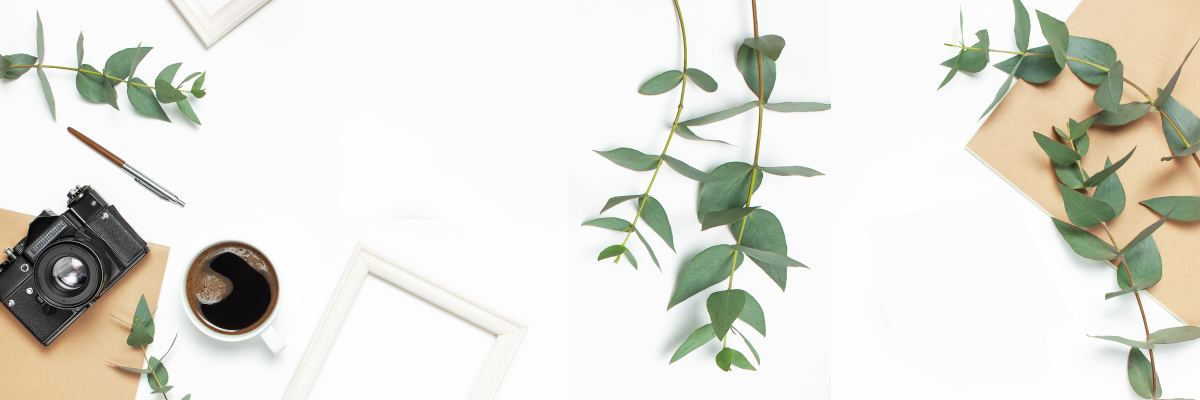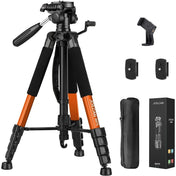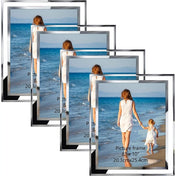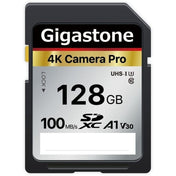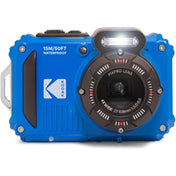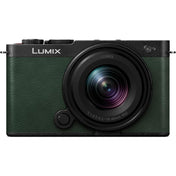Photography is a mesmerizing art form that has the power to capture moments, emotions, and beauty in a single frame. A vital tool in every photographer's arsenal is the camera lens. Camera lenses come in various shapes and sizes, each serving a unique purpose and creating different effects in photographs. In this guide, we will delve into the world of camera lenses and unveil the magic they bring to your photography.
The Basics: Prime vs. Zoom Lenses
Before we dive into the specifics, it's essential to understand the two primary types of lenses: prime and zoom. Prime lenses have a fixed focal length, meaning they do not zoom in or out. On the other hand, zoom lenses offer variable focal lengths, allowing you to zoom in and out without changing the lens.
Prime Lenses: Embracing Simplicity and Sharpness
Prime lenses are beloved for their simplicity and exceptional image quality. With a fixed focal length, photographers must physically move to frame their shot, fostering a more mindful and creative approach to composition. Additionally, prime lenses are known for their sharpness and ability to capture intricate details, making them ideal for portraits, macro photography, and low-light situations.
Zoom Lenses: Versatility at Your Fingertips
If versatility is what you seek, zoom lenses are your best companion. Whether you're shooting landscapes, sports events, or wildlife, zoom lenses offer the flexibility to adapt to different shooting scenarios without the need to change lenses. While zoom lenses may sacrifice some sharpness compared to prime lenses, their convenience and range often make them a popular choice among photographers.
Focal Length: The Key to Framing Your Shot
Understanding focal length is crucial in selecting the right lens for your photography needs. Focal length determines the angle of view and magnification of your lens, influencing how your subject appears in the frame. In general, shorter focal lengths capture wider scenes, perfect for landscapes and group shots, while longer focal lengths bring distant subjects closer, ideal for portraits and wildlife photography.
Wide-Angle Lenses: Embrace the Big Picture
Wide-angle lenses, typically ranging from 14mm to 35mm, excel in capturing expansive scenes with a broad perspective. These lenses are a favorite among landscape photographers, as they emphasize the foreground and create a sense of depth in the image. Additionally, wide-angle lenses can be used creatively in architecture and interior photography to showcase the grandeur of spaces.
Telephoto Lenses: Bringing Distant Subjects to Life
On the other end of the spectrum are telephoto lenses, which feature focal lengths starting from 70mm and reaching up to 600mm or more. Telephoto lenses excel in bringing distant subjects closer, making them popular in wildlife, sports, and portrait photography. The compressive effect of telephoto lenses creates a pleasing background blur, isolating the subject from the surroundings and emphasizing their presence.
Aperture: Shedding Light on Creativity
Aperture plays a crucial role in photography, influencing both the exposure of the image and the creative effects you can achieve. Measured in f-stops, the aperture setting controls the size of the opening through which light enters the lens. A wider aperture (lower f-stop) allows more light, ideal for low-light conditions and creating a shallow depth of field with a beautifully blurred background.
Wide Aperture Lenses: Painting with Bokeh
Lenses with wide apertures, such as f/1.4 or f/2.8, enable photographers to create stunning bokeh – the aesthetic quality of the out-of-focus areas in an image. Bokeh adds a dreamy, ethereal feel to photographs, drawing the viewer's attention to the sharp subject against a soft, blurred background. Wide aperture lenses are sought after for portrait photography, where creamy bokeh enhances the visual impact of the subject.
Small Aperture Lenses: Sharpening the Details
Conversely, lenses with smaller apertures, like f/11 or f/16, maximize the depth of field, keeping most elements in the scene sharp and in focus. Landscape photographers often opt for small aperture lenses to ensure that both the foreground and background of the image are well defined. While these lenses may require longer exposure times in low-light conditions, they excel in capturing intricate details with clarity.
Specialty Lenses: Exploring Beyond the Norm
Aside from the standard prime and zoom lenses, there exists a myriad of specialty lenses that cater to specific photography niches. These lenses open doors to creative possibilities and unique perspectives, allowing photographers to experiment and push the boundaries of traditional photography.
Macro Lenses: Delving into the Miniature World
Macro lenses are designed for capturing extreme close-up shots with exceptional detail and precision. Whether photographing intricate textures, tiny creatures, or delicate flowers, macro lenses enable photographers to explore the miniature world that often goes unnoticed. The high magnification and shallow depth of field of macro lenses create mesmerizing images that reveal the beauty of the unseen.
Fisheye Lenses: Embracing Distortion and Drama
For those seeking a surreal and distorted view of the world, fisheye lenses offer a unique perspective. With their ultra-wide angle of view and pronounced barrel distortion, fisheye lenses create dramatic, rounded images that push the boundaries of traditional composition. Fisheye lenses are popular among experimental photographers and creatives looking to inject a sense of fun and whimsy into their work.
Step Into the Lens Wonderland
As you embark on your photography journey, the world of camera lenses awaits, ready to transform your visions into tangible works of art. By understanding the diverse types of lenses, their unique characteristics, and the creative possibilities they offer, you equip yourself with the tools to elevate your photography to new heights. Embrace the magic of different camera lenses, and watch as your photographs come to life with vibrancy, clarity, and soul.
Explore the Shopify store of a user by clicking here. Keep in mind that this is a promotional link, and we are not responsible for the content on the linked store.

